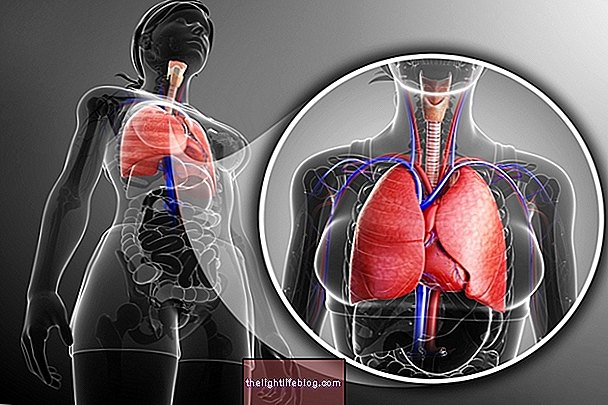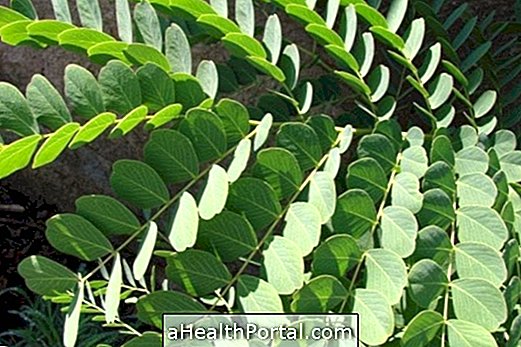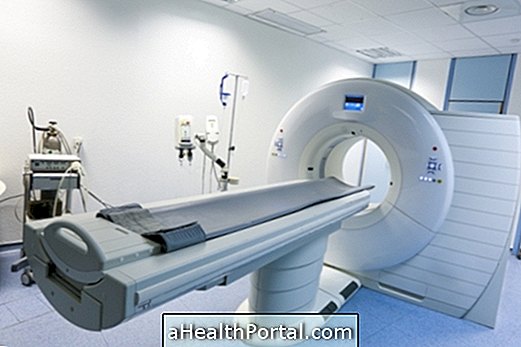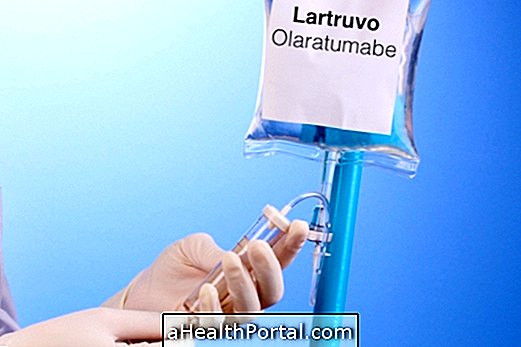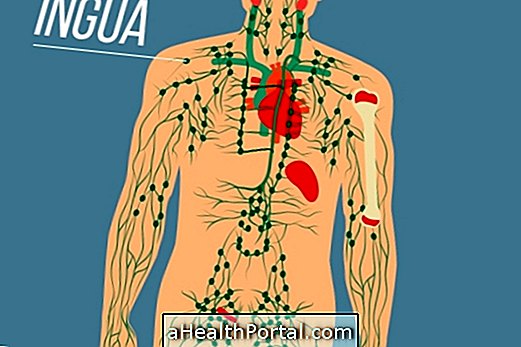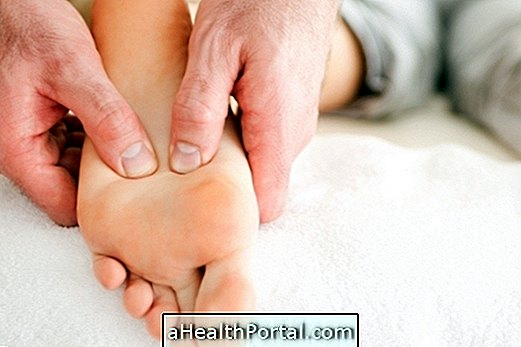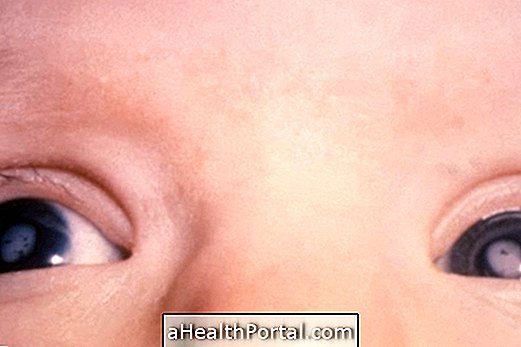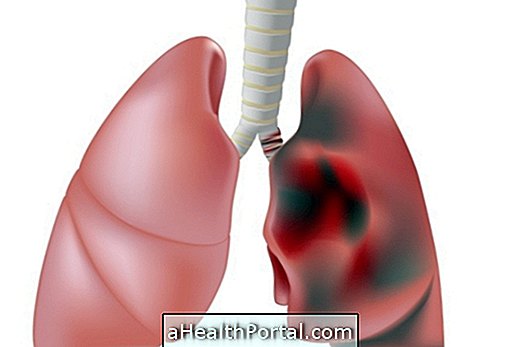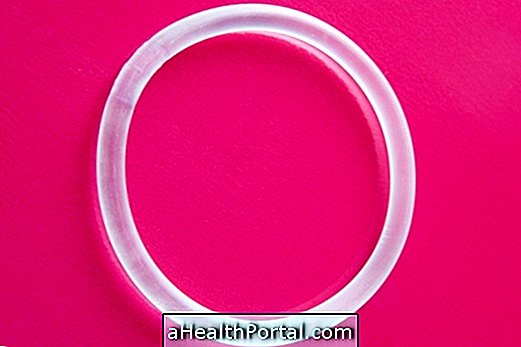Fibrodysplasia ossificans progressiva, also known as FOP, progressive myositis ossificans or Stone Man syndrome, is a very rare genetic disease that causes the soft tissues of the body, such as ligaments, tendons and muscles, to ossify, becoming hard and hindering bodily movements. In addition, this condition can also cause bodily changes.
In most cases the symptoms appear during childhood, but the transformation of the tissues into bone continues until adulthood, the age at which the diagnosis is made can vary. However, there are many cases in which, at birth, the baby already has malformations of the toes or ribs that may lead the pediatrician to suspect the disease.
Although there is no cure for fibrodysplasia ossificans progressiva, it is important that the child is always accompanied by the pediatrician and pediatric orthopedist, as there are forms of treatment that can help to relieve some symptoms, such as swelling or joint pain, improving the quality of life.
-o-que--sintomas-e-tratamento.jpg)
Main symptoms
The first signs of fibrodysplasia ossificans progressiva usually appear soon after birth with the presence of malformations in the toes, spine, shoulders, hips and joints.
The other symptoms usually appear until the age of 20 and include:
- Reddened swellings throughout the body, which disappear but leave bone in place;
- Bone development in places of strokes;
- Gradual difficulty in moving the hands, arms, legs or feet;
- Problems with blood circulation in the limbs.
In addition, depending on the affected regions, it is also common to develop heart or respiratory problems, especially when frequent respiratory infections arise.
Fibrodysplasia ossificans progressiva usually affects the neck and shoulders first, then progresses to the back, trunk and limbs.
Although the disease can cause several limitations over time and dramatically decrease quality of life, life expectancy is usually long, as there are usually no very serious complications that can be life-threatening.
What causes fibrodysplasia
The specific cause of fibrodysplasia ossificans progressiva and the process by which tissues turn into bone are not yet well known, however, the disease arises due to a genetic mutation on chromosome 2. Although this mutation can pass from parents to children, it is more common that the disease appears at random.
Recently, increased expression of bone 4 morphogenetic protein (BMP 4) in the fibroblasts present in early FOP lesions has been described. The BMP 4 protein is located on chromosome 14q22-q23.
How to confirm the diagnosis
Since it is caused by a genetic change and there is no specific genetic test for this, the diagnosis is usually made by the pediatrician or orthopedist, through the assessment of symptoms and analysis of the child's clinical history. This is because other tests, such as biopsy, cause minor trauma that can lead to the development of bone at the site examined.
Often, the first finding of this condition is the presence of masses in the soft tissues of the body, which gradually decrease in size and ossify.
How the treatment is done
There is no form of treatment capable of curing the disease or preventing its development and, therefore, it is very common for most patients to be confined to a wheelchair or to bed after 20 years of age.
When respiratory infections appear, such as colds or flu, it is very important to go to the hospital right after the first symptoms to start treatment and to avoid the occurrence of serious complications in these organs. In addition, maintaining good oral hygiene also avoids the need for dental treatment, which can result in new bone formation crises, which can accelerate the rhythm of the disease.
Although they are limited, it is also essential to promote leisure and socializing activities for people with the disease, since their intellectual and communication skills remain intact and developing.
Was this information helpful?
Yes No
Your opinion is important! Write here how we can improve our text:
Any questions? Click here to be answered.
Email in which you want to receive a reply:
Check the confirmation email we sent you.
Your name:
Reason for visit:
--- Choose your reason --- DiseaseLive betterHelp another personGain knowledge
Are you a health professional?
NoMedicalPharmaceuticalsNurseNutritionistBiomedicalPhysiotherapistBeauticianOther

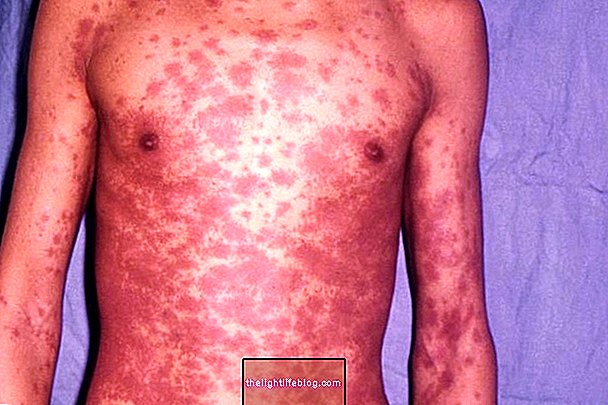
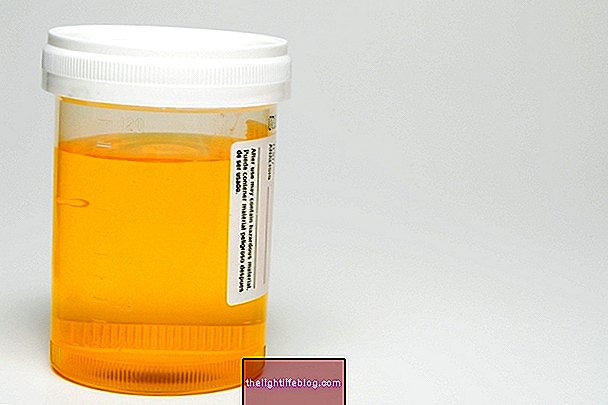

-o-que--sintomas-e-tratamento.jpg)
